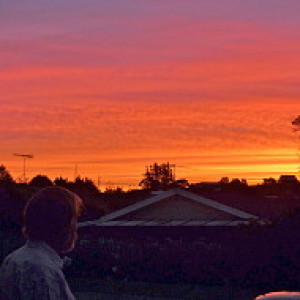Juvenile Muscovy drake
Today has been best described with the Scots word 'dreich'. Miserably cold; misty low cloud, some rain; everything to encourage staying indoors. Mid afternoon, there was a temporary lifting of the cloud and the sun even shone briefly, in patches. So a run was in order.
After running on the beach edges for a start, I headed up to Highfield Gardens where the Muscovies hang out. There were two darkly coloured and three white ones. I had incorrectly assumed the white ones were the ducks and the darker ones the drakes.
However, I have learned today that Muscovies are brownish-black in coloration, with iridescent green and purple dorsal plumage and white wing patches and that the two sexes are similar in appearance. The drakes are twice as large as the ducks, and are significantly larger than Mallard derived breeds.
As well as being larger, the males have much more significant caruncles extending from the back of the eye to the base of the bill. This grows bigger with age.
The muscovy duck is found world wide as it is easily domesticated and its eggs and ducklings are a source of food. They enjoy wetlands, and these ones are found around a pool the banks of which are almost always soggy year round. They feed on the roots, stems, leaves and seeds of water plants and also grasses surrounding pools. They can also eat small fish, reptiles, crustaceans, and insects.
I have added to the extras a crisp photo of a torea tai, the variable oystercatcher. I may previously have inadvertently and incorrectly named it torea pango, which is the Maori name for the black morph of the variable oystercatcher, not for all of them.


Comments
Sign in or get an account to comment.


